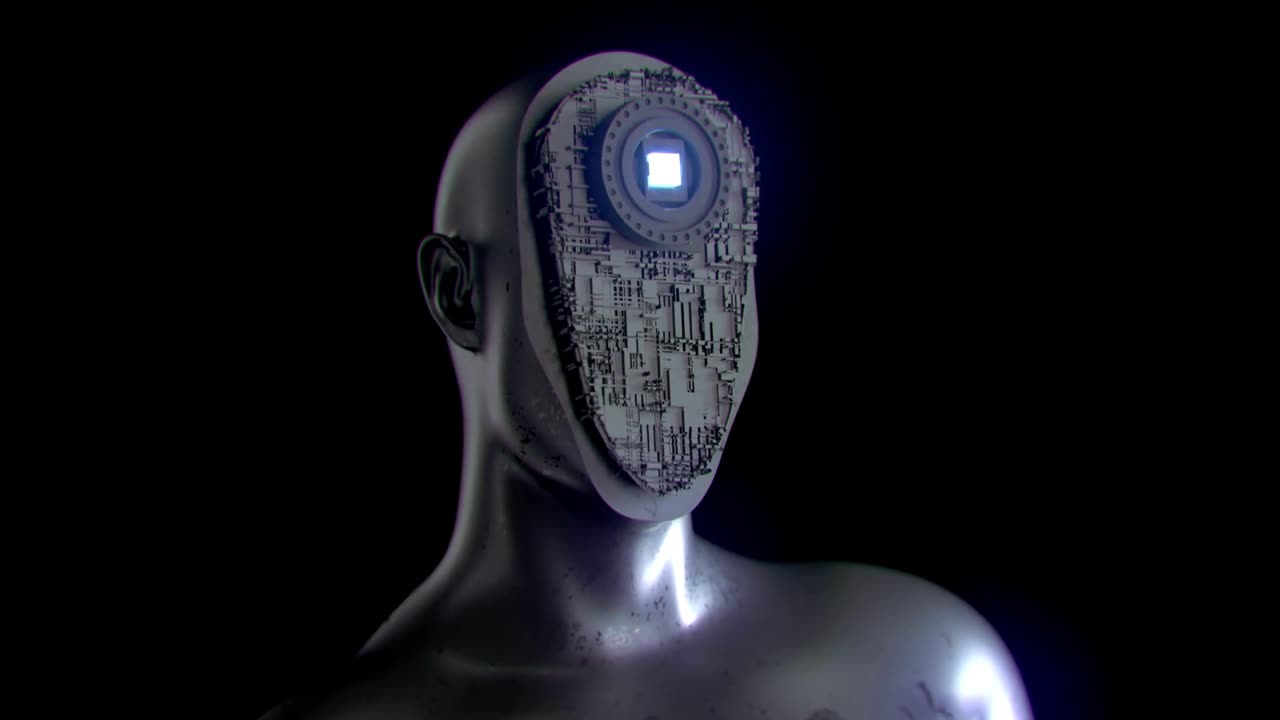Premium Only Content

Ethan Siegel explores the concept of #immortality and the laws of #physics. He argues that fr
Ethan Siegel explores the concept of #immortality and the laws of #physics. He argues that from a #thermodynamic perspective, every system tends toward increasing ##entropy-and-disorder, and the only way to combat this is by constantly inputting an external source of energy. #Relativity can only dilate or slow time relative to an observer in a different reference frame from one's own. While this may confine a human's dream of immortality to solutions that rely on technological enhancements or science-fiction technology that relies on novel physical laws and/or phenomena, there is still much for relativity to say about living forever, at least relative to the rest of the Universe.
The key insight we all need to understand is that under the laws of relativity, you neither reach nor exceed the speed of light if you're made of #matter. However, if you have a large-enough amount of efficient-enough fuel, you still need to obey the rules of relativity. The foundation of ##relativity is spacetime, a four-dimensional fabric that weaves #spacetime together. #Einstein's former professor Hermann Minkowski built upon his former student's work by weaving space and time together into a single four-dimensional entity: spacetime.
An example of #spacetime is a light cone, the three-dimensional surface of all possible light rays arriving at and departing from a point in spacetime. The more you move through #space, the less you move through #time, and vice versa. Only things contained within your past light-cone can affect you today; only things contained within your future light-cone can be perceived by you in the future. This illustrates flat Minkowski space, rather than the curved space of #generalrelativity.
Minkowski's famous quote, delivered less than a year before his untimely demise due to an acute case of appendicitis, reads as follows: "The views of space and time which I wish to lay before you have sprung from the soil of experimental physics, and therein lies their strength. Henceforth space by itself, and time by itself, are doomed to fade away into mere shadows, and only a kind of union of the two will preserve an independent reality."
#Minkowski's spectacular realization was that while neither #time nor #space were invariant under #relativistic transformations, there was a quantity that did remain invariant: the spacetime interval, or "the Einstein interval." It shows that while your motion through space and time, individually, can take on any value ranging from no motion at all through motion up to the speed of light, the difference between your motion through time (squared) and your motion through space (squared) will always remain the same. This led to the formulation of spacetime as the key important physical quantity to consider, even years later when gravity entered the picture.
In the context of a #universe filled with matter and energy, a new theory would need to be created that allows spacetime to be curved and evolve due to the presence and distribution of all matter and energy within it. The #Earth better describes general relativity curved space falling freely through curved space dominated by the #Sun. The shortest distance between two points is not a straight line, but rather a geodesic: a curved line defined by the gravitational deformation of #spacetime.
The more quickly you move through #space, the less rapidly you experience the passage of #time relative to someone who remains at rest. However, the more severely the space that you #occupy is curved, the more severely the passage of time gets curved as well. This is why time passes at different rates dependent on your elevation, and why your head ages faster as compared with your feet.
-
 LIVE
LIVE
This is the Ray Gaming
3 hours ago $0.22 earnedCould you be? Would you be? Won't you be my RAYBOR? | Rumble Premium Creator
49 watching -
 1:46:52
1:46:52
JahBlessGames
4 hours ago🎉Come een' and come tru' - VIBES | MUSIC | GAMES
31.1K -
 38:47
38:47
MattMorseTV
6 hours ago $11.59 earned🔴Tulsi just CLEANED HOUSE.🔴
53.3K85 -
 6:24:06
6:24:06
Reolock
6 hours agoWoW Classic Hardcore | WE'RE BACK!!
20.9K1 -
 3:46:13
3:46:13
SynthTrax & DJ Cheezus Livestreams
8 hours agoShell Shock Live - The Scorched Earth Remake/Upgrade - 4pm PST / 7pm EST - RUMBLE GAMING
40.6K -
 2:56:57
2:56:57
Illyes Jr Gaming
5 hours agoBack to Black .....Ops 6 w/ ILLYESJRGAMING
25.4K1 -
 1:07:59
1:07:59
BonginoReport
8 hours agoBoston Mayor Defies Trump, Protects Illegals - Nightly Scroll w/ Hayley Caronia (Ep.115)
126K87 -
 40:45
40:45
Donald Trump Jr.
8 hours agoPeace by Peace: Solving One Problem After Another | Triggered Ep.268
72.5K63 -
 5:19:04
5:19:04
FrizzleMcDizzle
5 hours ago $1.71 earnedRemnant 2 - Dark Souls-like Shooter?!
22.7K -
 LIVE
LIVE
FoeDubb
4 hours ago🏰KINGDOM MENU: 🎮DELTA FORCE PEW PEWS WITH THE BROS 👑CRGOODWiN & 👑BSPARKSGAMING DILLY DILLY!!
14 watching